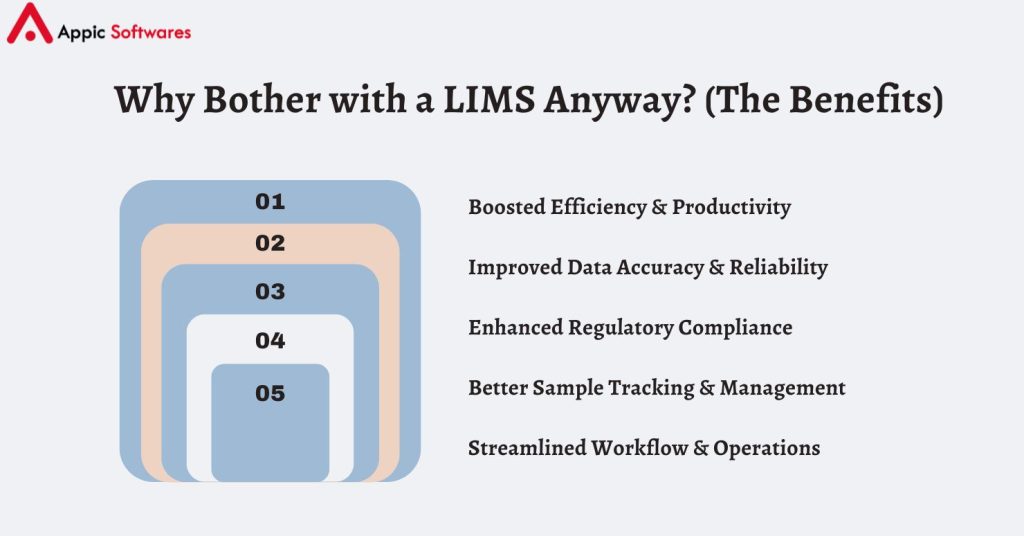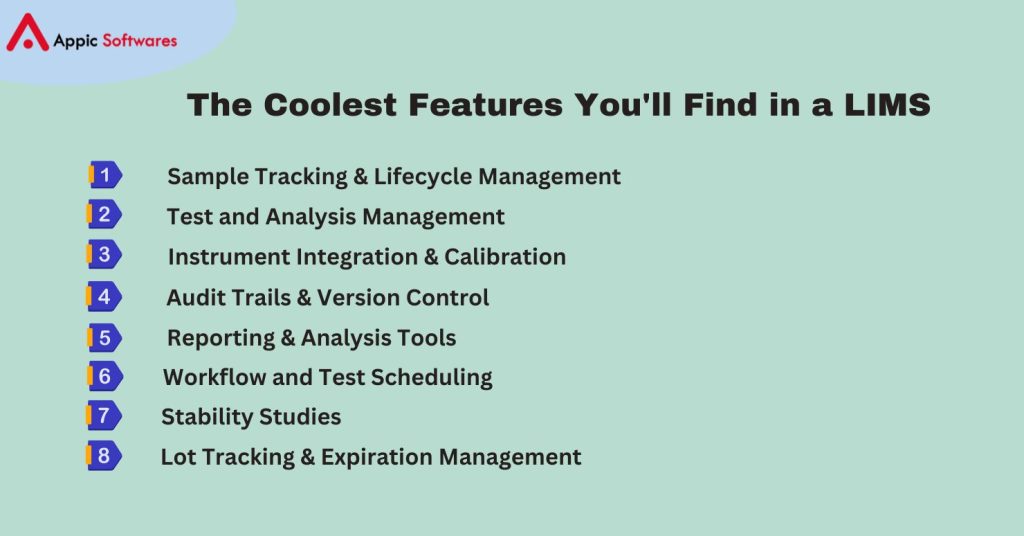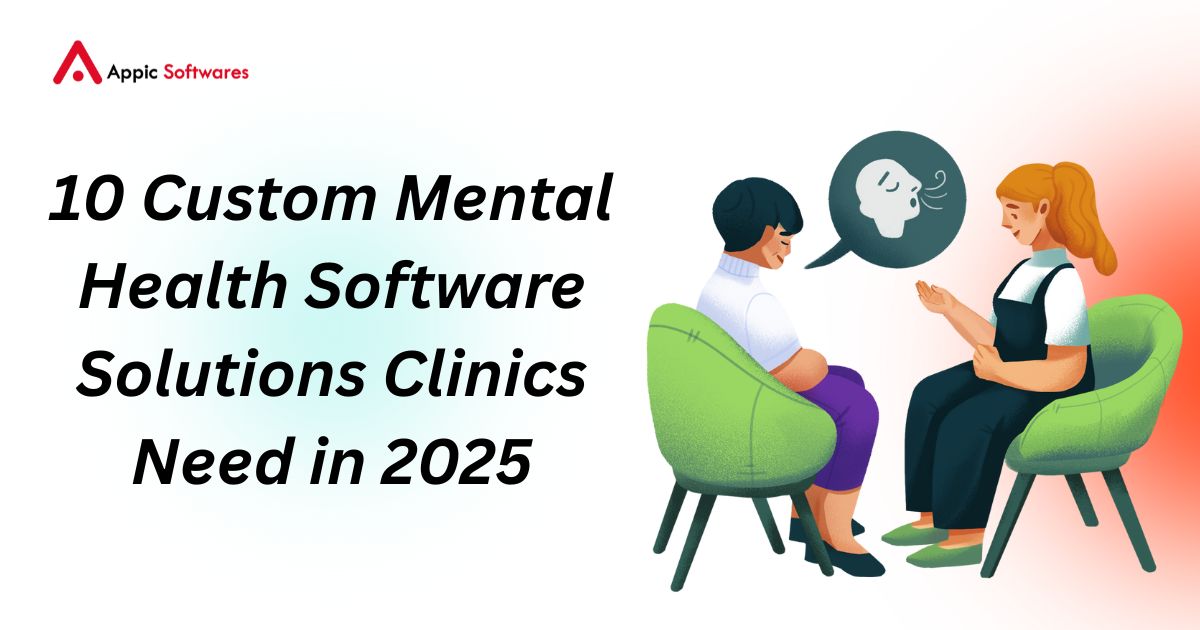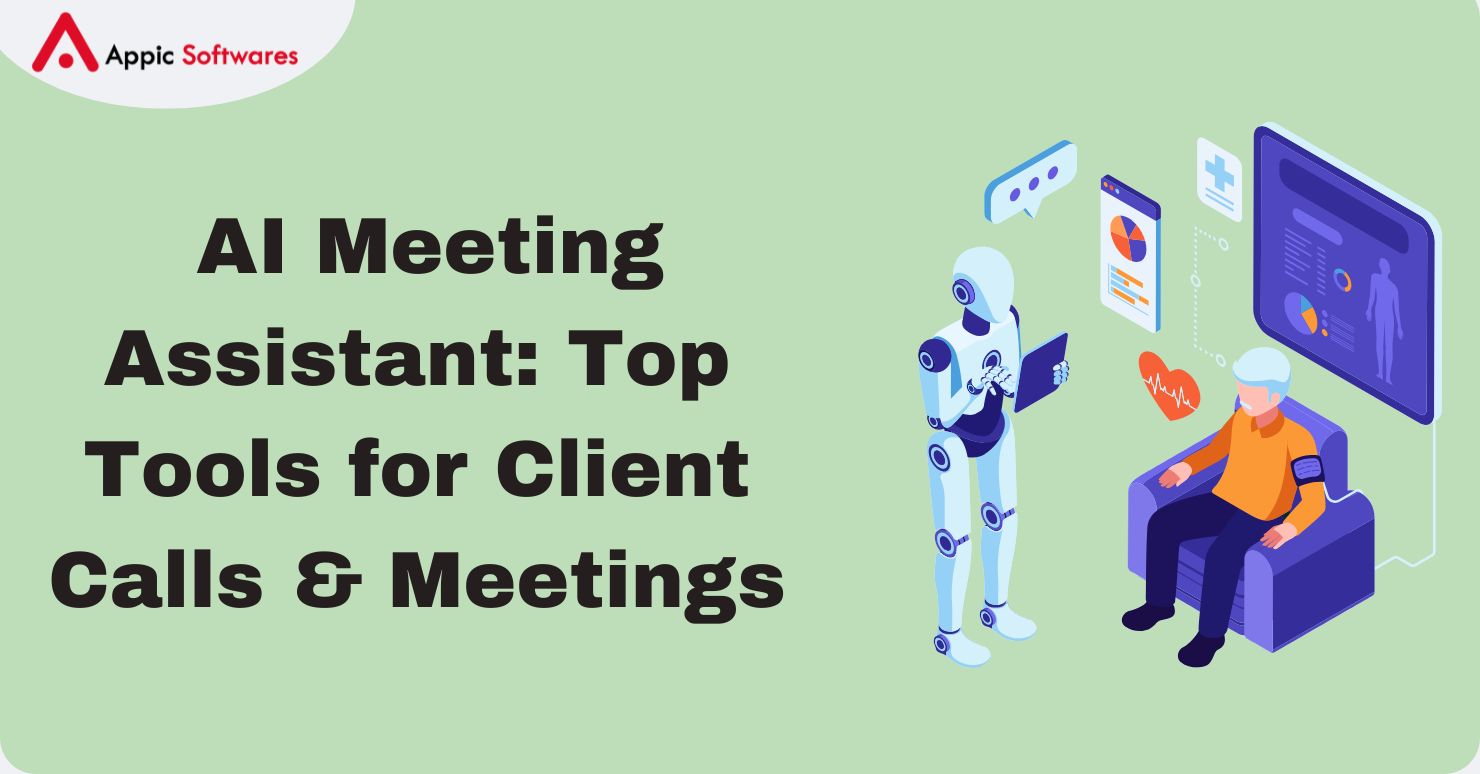
Ever feel like you’re drowning in paperwork and spreadsheets in the lab? Like, a LOT of paperwork? Yeah, me too. Or at least, I imagine it feels that way. The sheer volume of data, samples, tests, and results can get seriously overwhelming, fast. Trying to keep all of that organized, traceable, and accurate manually? It’s a recipe for disaster, honestly. That’s where a laboratory information management system, or LIMS, swoops in like a superhero cape. But what exactly is this magical thing, and what makes it so darn important? Let’s dive in and figure this out together. It’s all about making your lab run smoother, smarter, and way less stressful.
What’s Inside This LIMS Extravaganza?
- What Even Is a LIMS?
- Why Bother with a LIMS Anyway? (The Benefits)
- The Coolest Features You’ll Find
- Is LIMS Right for Your Lab?
What Exactly Is a Laboratory Information Management System?
So, here’s the thing: a laboratory information management system (LIMS) isn’t just another piece of software. Think of it as the central nervous system for your lab. It’s designed to manage and track samples, experiments, results, instrument data, and all that other jazz that makes a lab tick. Instead of scribbling notes on paper that can get lost or trying to make sense of a dozen different spreadsheets, a LIMS centralizes everything. It’s basically a digital brain for your lab operations, keeping track of where samples came from, what tests were done, who did them, and what the results were. It’s a serious upgrade from the old-school ways of doing things.
You know, choosing the right technology partner is crucial for any lab looking to implement something like this. It’s not just about picking software; it’s about building a system that fits your unique needs. If you’re curious about how to find that perfect fit, learn how to choose the right healthcare software development partner by asking the right questions that ensure quality, compliance, and innovation. It’s a good read to get your thinking cap on.
Why Bother with a LIMS Anyway? (The Benefits)

Okay, so it’s a fancy system. But why is it a game-changer? Honestly, the benefits are pretty massive.
Boosted Efficiency & Productivity
This is probably the biggest win. Imagine cutting down the time spent on manual data entry, searching for old records, or cross-referencing information. A LIMS automates a TON of these repetitive tasks. This means your scientists and technicians can spend less time wrestling with admin and more time actually doing science. Pretty cool, right? It’s like finally getting that assistant you always wished for, but digital.
Improved Data Accuracy & Reliability
Mistakes happen, especially when humans are involved with lots of manual inputs. A LIMS drastically reduces the chance of human error in data recording and sample tracking. Every piece of information is logged digitally, creating a clear, traceable audit trail. This means you can trust your data more, which is kind of the whole point of running tests in the first place.
Enhanced Regulatory Compliance
This is HUGE, especially in fields like pharma, biotech, and healthcare. Regulatory bodies have super strict rules about data integrity, sample tracking, and reporting. A good laboratory management software makes it way easier to meet these demands. You can quickly pull up the exact information needed for audits and inspections, proving you’re following all the necessary guidelines. No more sweating during an audit!
Better Sample Tracking & Management
Lost samples are the stuff of lab nightmares. A LIMS gives you real-time visibility into where every sample is, who has it, and what stage it’s in. From the moment it arrives to when it’s archived or disposed of, you know its status. This is critical for preventing mix-ups and ensuring everything proceeds smoothly.
Streamlined Workflow & Operations
It’s not just about individual tasks; a LIMS helps tie everything together. It can manage test scheduling, workflow approvals, instrument calibration, and even inventory. This holistic approach to lab information management systems creates a much more organized and predictable operational flow. Less chaos, more clarity.
The Coolest Features You’ll Find in a LIMS
 Alright, let’s talk about what these systems actually do. The features can vary like crazy depending on the specific LIMS software, but here are some of the common, super useful ones:
Alright, let’s talk about what these systems actually do. The features can vary like crazy depending on the specific LIMS software, but here are some of the common, super useful ones:
Sample Tracking & Lifecycle Management
This is the bread and butter. You get unique IDs for each sample, detailed information about its origin, storage location, and its entire journey through the lab.
Test and Analysis Management
Define your standard tests, associate them with samples, and record the results directly. You can set up different types of tests, from simple benchtop analyses to complex genetic sequencing.
Instrument Integration & Calibration
Many LIMS can connect directly to lab instruments. This means results can be automatically captured, eliminating manual entry and potential errors. Plus, it helps track instrument maintenance and calibration schedules, so you know your equipment is always in top shape.
Audit Trails & Version Control
Every action taken within the system is recorded – who did what, and when. This creates an unshakeable audit trail, essential for compliance and troubleshooting. You can also track changes to data, ensuring you always have the latest, most accurate version.
Reporting & Analysis Tools
This is where you get the real insights. Generate custom reports on everything from sample turnaround times to quality control metrics. Visualize your data, spot trends, and make informed decisions about your lab’s performance.
Workflow and Test Scheduling
Automate the assignment of tests to samples and set up approval workflows. This keeps the work moving through the lab efficiently without bottlenecks.
Stability Studies
For those in regulated industries, managing stability studies is crucial. A LIMS can track samples over long periods, record environmental conditions, and manage testing schedules for these extensive studies.
Lot Tracking & Expiration Management
Keep tabs on reagents, kits, and other consumables. Know what you have, when it expires, and automatically flag items that need reordering or are nearing their expiration date. This is a lifesaver for inventory management.
Is a LIMS Right for Your Lab?
So, after all this, you might be wondering, “Is this a must-have for my lab?” Honestly, if your lab is dealing with any kind of sample tracking, testing, and data management, the answer is probably a resounding yes.
Think about it:
- Are you struggling to keep up with the volume of samples and tests?
- Do you find yourself spending too much time on manual data entry or searching for old records?
- Are you in a regulated industry and need to ensure strict compliance?
- Do you worry about data errors or lost samples?
- Do you want to improve your lab’s overall efficiency and output?
If you nodded along to any of those, then exploring a lab information system software is definitely worth your time. Even small labs can benefit hugely from the organization and accuracy a LIMS provides. It’s an investment, for sure, but the return in terms of efficiency, accuracy, and peace of mind is usually massive.
Wrapping It Up
Look, managing a lab is complex. There’s no way around that. But a laboratory information management system can take a whole heap of that complexity and just… simplify it. It’s about taking control of your data, your samples, and your workflow so you can focus on what really matters: getting accurate results and advancing your research or services. It’s not just software; it’s a fundamental shift in how your lab operates, for the better.
Frequently Asked Questions About LIMS
Q1: What’s the difference between a LIMS and a Laboratory Execution System (LES)?
A LIMS manages overall lab operations—samples, results, and workflows—while an LES guides lab technicians through specific test procedures. Both systems often work together, with LES data feeding into the LIMS.
Q2: Can LIMS integrate with other lab software like ELNs or ERPs?
Yes, most modern LIMS solutions support integrations. Linking with ELNs captures experiment data directly, and connecting with ERPs simplifies inventory, purchasing, and billing—creating a seamless digital lab environment.
Q3: How much does a LIMS cost?
Costs vary based on complexity and deployment. Cloud-based LIMS can range from a few hundred to a few thousand dollars per month, while advanced on-premise systems may require larger upfront investments and maintenance costs.
Q4: Is implementing a LIMS difficult?
Implementation requires planning, workflow setup, data migration, and staff training. While it can be complex, experienced LIMS vendors provide full support to ensure a smooth transition and successful adoption.
Q5: Can a LIMS improve quality control?
Absolutely. A LIMS enhances QC by enforcing SOPs, tracking reagents, instruments, and test results, and generating detailed audit trails and reports for better compliance and accuracy.
Related Blogs:-
Laboratory Management System








